Under the endorsements section of your homeowners or landlord policy you’ll typically see a list of available endorsements offered by your insurance carrier. If an endorsement is purchased it’s typically followed by a premium amount.
One endorsement that should be at the top of your list is Extended Replacement Cost Coverage. Wording may vary from carrier to carrier, but the coverage definition remains the same.
This adds additional coverage, usually in extensions of 25% and 50%, to your underlying Coverage A amount. For example, if the coverage on your property is for $200,000 and you’ve selected the 25% extension, then your policy will cover up to $250,000.
Extended Replacement Cost Coverage only applies to Coverage A (dwelling), and not Coverage B (Other Structures) or Coverage C (Personal Property).
Why Is This An Important Coverage?
Think of this as an extra safeguard to make sure you have enough coverage on your property. The best part about the Extended Replacement Cost Coverage endorsement is that usually adds a few dollars to the policy.
How Does Insurance Price My Home
One of the biggest questions regarding home insurance centers around the amount of coverage to place on your property. Most homeowners assume the amount of coverage will be equal to the amount they paid for their house.
It’s important to understand the difference between these two methods of valuation:
Market value. This is the price paid for your home. Real estate pricing is based on market value. It’s a method that values property based upon the amount a willing buyer pays to a willing seller.
Replacement cost. The cost it takes to rebuild your house in the same spot, at the same size and with the same quality of construction at today’s costs. Insurance companies use replacement cost, not market value.


